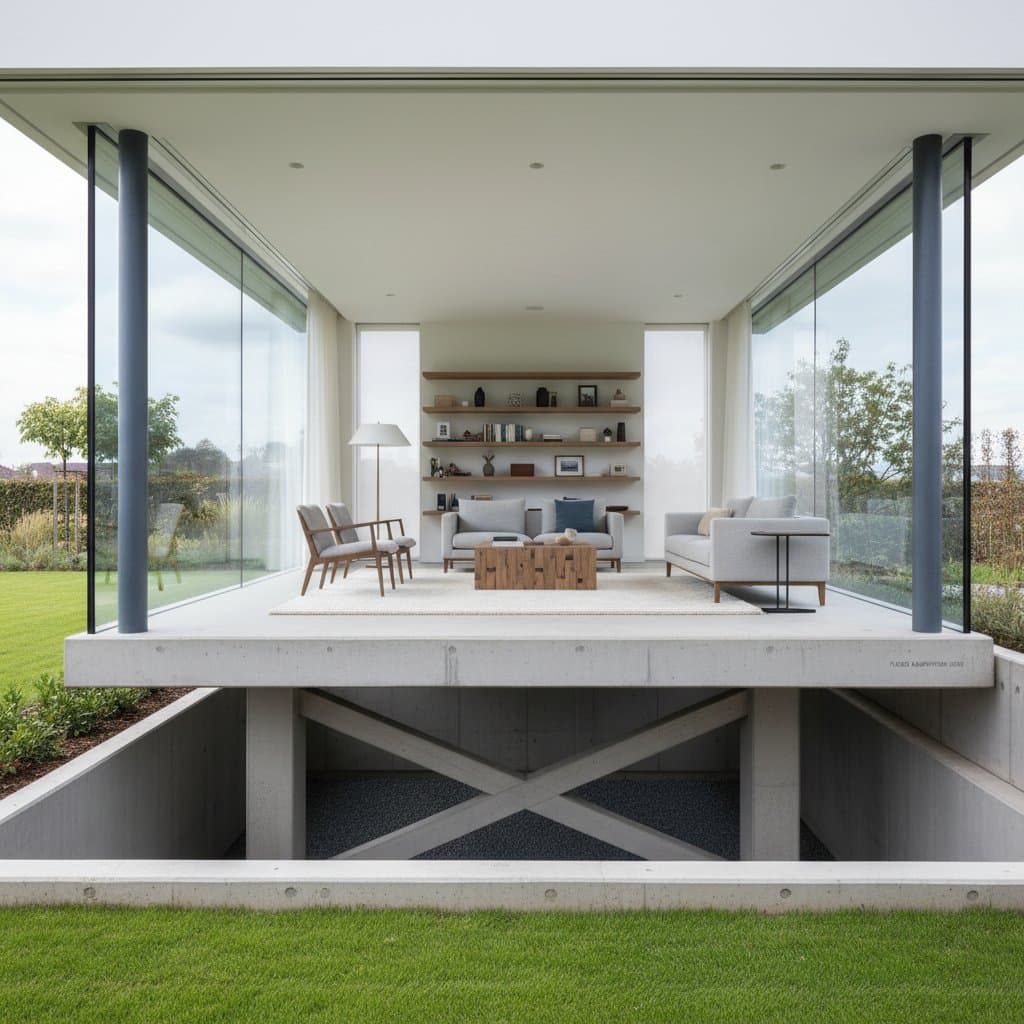The 2025 HVAC Decision: Repair or Replace?
Homeowners confront a pivotal choice regarding their heating and cooling systems at some point. As performance declines, utility expenses climb, or service calls multiply, the question arises: does repairing the existing unit make more sense than installing a new one? This choice impacts finances both now and in the future, which makes a structured, evidence-based method vital for safeguarding interests. By grasping the breadth of expenses, operational efficiency, and agreement details, individuals avoid costly errors and sustain reliable indoor environments.
Analyzing Cost Components
Choices about HVAC systems seem simple at first glance, but the underlying expenses prove more complex. Each path involves upfront and ongoing outlays that demand separate scrutiny.
Repair Expenses in Detail
- Diagnostic charges: Initial assessments usually cost between $75 and $150.
- Technician fees: Hourly rates vary by expertise and location, often falling between $100 and $200.
- Component costs: Items like capacitors, blower motors, or circuit boards range from $150 to $1,200 each, depending on model and availability.
- Follow-up services: Units approaching obsolescence frequently need repeated interventions, which escalate overall spending.
Replacement Expenses in Detail
- Core unit pricing: Fresh systems cost $4,000 to $12,000, influenced by capacity, manufacturer, and energy efficiency standards such as SEER ratings.
- Setup fees: Expert installation contributes $1,000 to $3,000, covering connections and testing.
- Supplementary elements: Modifications to ducts, smart thermostats, or required permits introduce additional fees from $500 to $2,000.
- Service agreements: Providers frequently propose annual plans at $150 to $300, including routine checks and priority support.
Upfront disparities between options appear significant, but enduring results hinge on reduced energy use, protection periods, and dependability. Modern units often deliver substantial bill reductions and eliminate frequent fixes, whereas well-maintained repairs might prolong service for years.
Steps in Expert Assessment
A logical path to resolution starts with a thorough professional review. HVAC firms typically adhere to standard protocols, though the clarity of their explanations differs.
- Scheduling the visit: Contact a service to arrange an evaluation; expect to pay the diagnostic fee in advance.
- Comprehensive check: The specialist examines refrigerant charge, component degradation, wiring condition, and air circulation barriers.
- Efficiency measurements: Technicians test output temperatures and power consumption relative to original benchmarks.
- Repair quotation: Expect a detailed document outlining parts and labor expenses.
- Upgrade recommendation: For severe defects, receive a full replacement estimate, complete with performance contrasts and rebate eligibility.
- Owner evaluation: Review proposals side by side, scrutinizing coverage terms and projected utility reductions.
Clear communication throughout proves crucial. Trustworthy companies distinguish fixable problems from those requiring full renewal, unlike some that overstate defects to push sales. Securing bids from three providers reveals pricing variances and diagnostic alignment.
Overlooked Expenses and Enduring Economic Effects
Initial outlays represent only part of the picture; subtler factors shape lifetime costs. Recognizing these elements allows for better forecasting of commitments.
Utility Rate Increases
Escalating energy prices diminish the appeal of short-term fixes. Inefficient older models commit users to elevated usage patterns that compound annually.
Recurring Small Fixes
Declining systems trigger sequential breakdowns. Addressing one element might restore operation briefly, but it strains others, leading to repair totals that surpass new-unit investments within a few years.
Impact on Property Sales
Prospective buyers review HVAC status in inspections. Proof of recent renewal boosts appeal and price, whereas patched older setups prompt concessions during negotiations.
Borrowing Expenses
Financing a full swap adds interest, potentially raising costs by 10 to 20 percent. Energy-focused loans from certain institutions provide lower rates; compare them against anticipated savings to confirm net gains.
Framework for Choosing Repair or Replacement
An organized evaluation tool enables objective analysis of circumstances. Consider these key indicators for a well-rounded view:
- Age of the unit: Systems over 10 to 15 years old typically near the limits of viable performance.
- Pattern of services: More than two substantial interventions in five years signal impending unreliability.
- Performance differential: Assess SEER values; a jump from 10 to 16 could save $200 to $500 yearly on bills.
- Coverage terms: Lapsed or narrow protections heighten vulnerability to future expenses.
- Indoor quality: Inconsistent heating, cooling, or moisture control points to fundamental flaws.
- Budget considerations: Weigh cash reserves, loan availability, and effects on home equity lines.
- Sustainability aims: Updated models with low-GWP refrigerants cut emissions and operational expenses over time.
This methodical application shifts intuition to informed judgment, curbing impulsive outlays and bolstering financial security.
Scrutinizing Agreement Details
Agreements for services or installations include provisions that may burden the owner. Terms such as "limited protection," "adjusted refunds," or "access limitations" alter potential results. Prior to commitment, identify concerns like:
- Clauses for silent renewals that bill unexpectedly
- Pledges for slow emergency responses
- Permissions for inferior substitute parts
- Requirements for non-court dispute resolution
Individuals frequently skip these until disputes arise. Dedicating effort to review and inquire about each part averts future complications.
Safeguarding System Longevity
After implementation, diligent care upholds efficiency and fulfills protection requirements. Implement this routine to maximize returns:
- Replace air filters every one to three months, adjusting for household activity levels.
- Clear condenser coils outside once a year to remove debris.
- Check seals around ducts and insulation for air escapes.
- Arrange biannual professional inspections for calibration.
- Log every action with timestamps and service records.
Such practices halt minor problems from escalating. They also promote optimal energy use, prolong operational life, and ensure steady climate control.
Implementing Your HVAC Strategy
Armed with this knowledge, homeowners position their systems as enduring assets. By prioritizing assessments, transparent dealings, and upkeep, achieve balanced comfort without excess strain. This proactive stance not only trims costs but elevates living standards and property resilience in an era of advancing efficiency standards.



